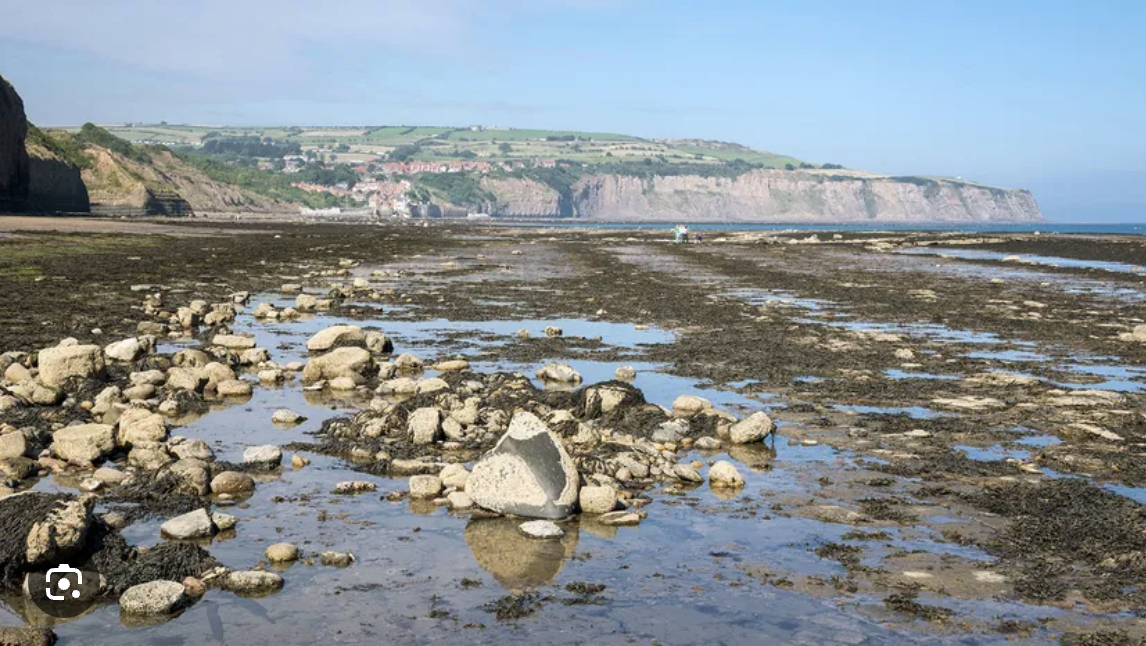Why do we have tides?

Tides are caused primarily by the gravitational pull of the moon and, to a lesser extent, the gravitational pull of the sun on Earth. This gravitational interaction results in the rise and fall of sea levels, creating what we observe as tides.
The moon’s gravitational force is stronger on the side of Earth facing the moon, causing a bulge of water in that area. Simultaneously, there is a second bulge on the opposite side of Earth due to the centrifugal force caused by the Earth-moon system’s rotation. These two bulges correspond to high tides.
As the Earth rotates on its axis, locations on the Earth’s surface pass through these bulges, leading to two high tides and two low tides in a 24-hour period. This regular rise and fall of sea levels are what we commonly refer to as tidal cycles.
The sun also contributes to tides, but to a lesser extent because it is much farther away than the moon. When the gravitational pull of the sun and the moon align (during full moons and new moons), their effects combine to create higher high tides and lower low tides, known as spring tides. When the gravitational pull of the sun and the moon is at right angles (during the first and third quarters of the moon), their effects partially cancel out, resulting in lower high tides and higher low tides, known as neap tides.
